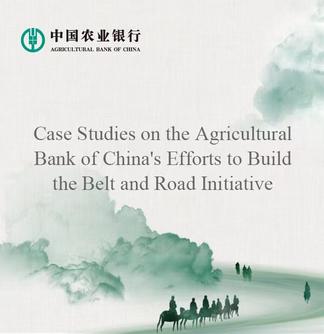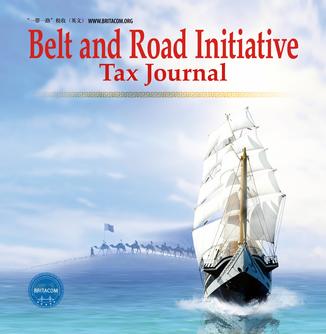by Xinhua writers Hua Hongli, Lucas Liganga
DAR ES SALAAM, June 23 (Xinhua) -- On a sunlit Thursday afternoon, thousands gathered along the shimmering shores of Lake Victoria to witness a moment etched in Tanzania's history: the official inauguration of the Magufuli Bridge, a transformative megastructure connecting Kigongo in the Mwanza Region to Busisi in the Sengerema District.
Spanning a total of 4.66 km, including a 3-km bridge and 1.66-km of approach roads, this engineering marvel replaces a decades-old ferry system that had long caused delays and posed dangers for commuters and traders.
Constructed by China Civil Engineering Construction Corporation (CCECC) and China Railway 15th Bureau, the bridge has swiftly become a symbol of opportunity, connectivity, and economic revitalization in Tanzania's Lake Zone.
For local fish vendor Cecilia Maziku, the bridge means fewer spoiled deliveries and faster access to markets. "Sometimes fish would rot before reaching Geita or Sengerema. Now, I can deliver fresh stock quickly, and my business has picked up," she said.
Residents also note a marked shift in everyday convenience.
Trader Masakilija has viewed the new bridge as a turning point. "We can now work day and night without worrying about ferries breaking down or long queues. That problem is behind us," he said.
The chaos of the ferry era remains a vivid memory for Esther Mongo from Misungwi.
"During the rainy season, vehicles would line up for hours. Once, we waited more than six hours because water hyacinths jammed a ferry's engine," she said. "Now we cross the lake in under four minutes instead of over two hours. It's life-changing."
Beyond functionality, residents believe the bridge's striking design could become a tourism draw, with Mongo among those anticipating an economic boom. "It's beautiful. Visitors will come to see it, and that means more income for the region," she added.
Inclusivity was also part of the blueprint. Francis Maduki, a Kigongo resident, praised the dedicated pedestrian walkways. "We're not squeezed in with cars anymore. It shows the government thought about everyone," he said.
Tanzanian President Samia Suluhu Hassan, who officiated the inauguration, said the project fulfills the vision of her predecessor, the late John Pombe Magufuli, while marking a new era of economic independence.
"This bridge is a symbol of Tanzania's self-reliance and a catalyst for regional development," said Hassan. "It connects us not only internally but also to our neighbors, Burundi, Rwanda, Uganda, and the Democratic Republic of Congo."
She emphasized that the structure, the longest bridge in East and Central Africa and the sixth longest on the African continent, was built entirely with domestic funds totaling over 700 billion Tanzanian shillings (about 263.9 million U.S. dollars).
The project has also been a platform for skills development. Jenifer William, 27, worked as a site engineer with CCECC, praising the collaborative environment and knowledge transfer.
"I learned Chinese construction techniques and values like discipline and teamwork. I'll use these skills in other national projects," said William.
Qin Rong, the project's deputy manager, said that about 95 percent of the workforce was Tanzanian. According to Qin, the involvement resulted in skills development and valuable experience to support future national infrastructure development.
Chinese Ambassador to Tanzania Chen Mingjian said the Magufuli Bridge is a landmark project under the Belt and Road Initiative and a model of China-Tanzania cooperation, highlighting its broader significance for China-Africa development.
Beijing Jiaotong University alumnus Katelula Salum Kaswaga, currently a project engineer at the Tanzania National Roads Agency and assigned to CCECC for the bridge construction, encouraged fellow Tanzanian engineers to carry forward the lessons learned from this landmark project.
"We've shown what Tanzanians can do. It's time to scale it up," he said.




 A single purchase
A single purchase









